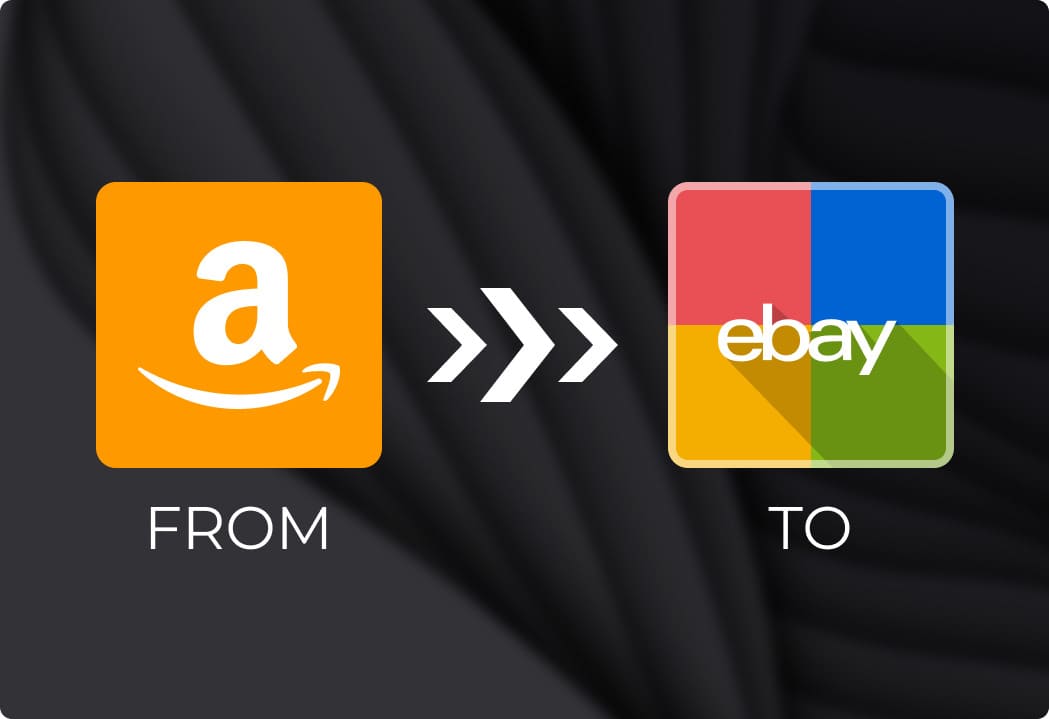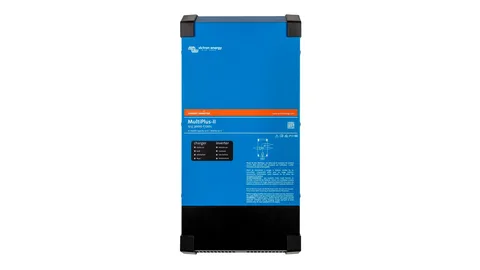In the ever-expanding world of e-commerce, dropshipping has become a popular business model for entrepreneurs seeking to enter the market with minimal upfront investment. Among the top platforms for dropshipping, Amazon and eBay stand out due to their vast customer bases and established reputations. If you’re considering building a dropshipping store, choosing between Amazon and eBay can significantly impact your business’s success. In this blog, we’ll explore the process of setting up a dropshipping store on both platforms, highlighting the benefits of eBay store automation tools.
Setting Up Your Dropshipping Store on Amazon
Amazon is a global e-commerce giant that provides a robust platform for dropshipping. Here’s how to get started:
1. Research and Niche Selection
Before you start, conduct thorough research to identify a profitable niche. Look for product categories with high demand but relatively low competition. Use tools like Amazon’s Best Sellers list and keyword research tools to gauge market trends.
2. Create an Amazon Seller Account
To sell on Amazon, you need a seller account. Choose between an Individual or Professional account, depending on your expected sales volume and business goals. The Professional account offers more features and is suitable for those planning to scale their business.
3. Set Up Product Listings
Once your account is set up, create detailed product listings. High-quality images, compelling product descriptions, and relevant keywords are essential for attracting customers. Ensure your listings comply with Amazon’s guidelines to avoid penalties.
4. Integrate Dropshipping Tools
To streamline your operations, integrate dropshipping tools that can automate tasks such as inventory management, order processing, and price adjustments. These tools help maintain accurate stock levels and ensure timely fulfillment.
5. Monitor and Optimize
Regularly monitor your store’s performance using Amazon’s analytics tools. Track metrics such as sales, conversion rates, and customer feedback. Use this data to optimize your product listings, pricing strategies, and marketing efforts.
Building Your Dropshipping Store on eBay
eBay offers a unique platform with its auction-style listings and fixed-price options. Here’s a step-by-step guide to setting up your dropshipping store on eBay:
1. Market Research and Niche Identification
Similar to Amazon, begin with market research to find a profitable niche. eBay’s platform allows you to explore various categories and see what products are trending. Analyze competitors’ listings and pricing to identify opportunities.
2. Create an eBay Seller Account
Sign up for an eBay seller account. Choose between a Basic or Premium Store subscription, depending on your needs. The Premium Store provides additional features and tools, making it suitable for growing businesses.
3. Set Up Your eBay Store
Customize your eBay store with a professional layout and branding elements. Create categories for your products to help customers find what they’re looking for easily. High-quality images and well-written descriptions are crucial for attracting buyers.
4. Leverage eBay Automation Services
eBay store automation and eBay dropshipping automation tools are essential for managing your eBay store efficiently. These tools automate tasks such as listing updates, inventory synchronization, and order processing. Automation helps you save time and reduce errors, allowing you to focus on strategic aspects of your business.
5. Optimize Listings and Marketing
Optimize your product listings with relevant keywords and competitive pricing. Use eBay’s promotional tools to create discounts and offers. Regularly update your listings based on performance data and market trends.
Comparing Amazon and eBay for Dropshipping
Both Amazon and eBay offer distinct advantages and challenges for dropshipping:
Amazon Advantages
- Vast Customer Base: Amazon’s global reach provides access to millions of potential customers.
- Established Trust: Amazon’s reputation for reliability and customer service enhances buyer confidence.
- Fulfillment Services: Amazon offers Fulfillment by Amazon (FBA), which can handle warehousing and shipping for you.
eBay Advantages
- Auction and Fixed-Price Options: eBay’s flexibility with auction-style and fixed-price listings caters to different selling strategies.
- Lower Fees for Smaller Sellers: eBay generally has lower fees for small to medium-sized sellers compared to Amazon.
- Customizable Storefront: eBay allows for more customization in store design and branding.
Key Considerations for Success
Regardless of the platform you choose, several factors are crucial for success:
- Product Quality: Ensure the products you sell are of high quality to maintain customer satisfaction and reduce returns.
- Customer Service: Provide excellent customer service to build trust and encourage repeat business.
- Compliance: Adhere to each platform’s policies and guidelines to avoid penalties and account issues.
- Marketing: Invest in marketing strategies such as SEO, social media, and email campaigns to drive traffic and increase sales.
Conclusion
Building a dropshipping store on Amazon or eBay offers significant opportunities, but each platform has its unique strengths and challenges. By leveraging eBay dropshipping automation tools, eBay sellers can streamline operations and enhance efficiency. On the other hand, Amazon’s vast customer base and fulfillment services make it an attractive option for those looking to scale quickly.
Choose the platform that best aligns with your business goals and niche, and utilize automation tools to optimize your operations. With careful planning and strategic execution, you can build a successful dropshipping store that meets the demands of today’s e-commerce landscape.









